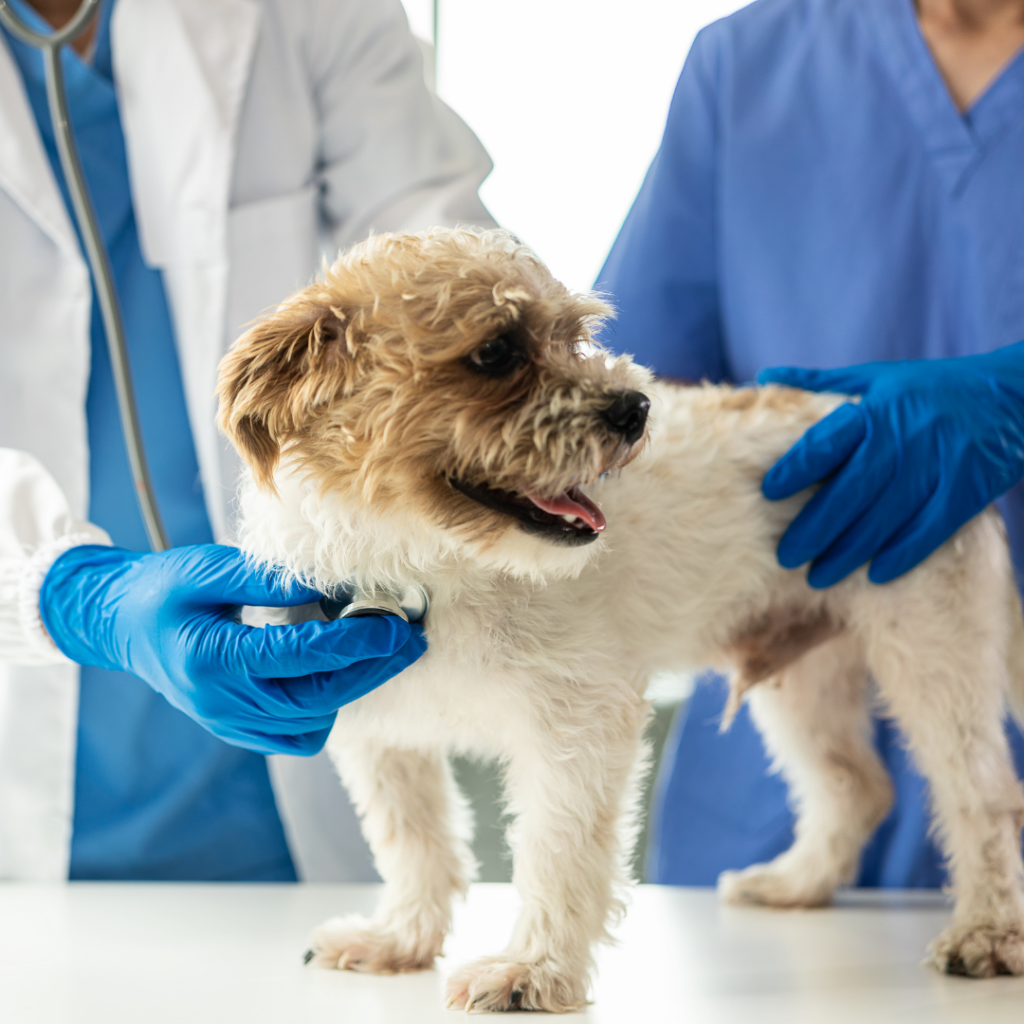
Pre-Vet Coursework
The following coursework outlined below satisfies the required and recommended courses for admission to veterinary school. Note this represents general guidelines and requirements vary from one school to the next. It is your responsibility to verify each institution’s requirements by visiting their websites.
The prerequisites for grad schools in Washington:
In addition, we have included a link here to a summary of course prerequisites for all institutions who are members of the Association of American Veterinary Medical Colleges.
Biology Courses
Take the following two introductory biology courses:
- BIOL 225: Molecules, Cells and Organisms
- BIOL 226: Genes, Evolution, Diversity and Ecology
Often veterinary schools require you to take a course in genetics, microbiology, anatomy and/or physiology. Please make sure you look at the requirements of individual schools. The following courses are offered at PLU:
- BIOL 330: Genetics
- BIOL 341: Developmental Biology
- BIOL 342: Microbiology
- BIOL 352: Comparative Anatomy
- BIOL 442: Cell Biology
- BIOL 453: Human Physiology
Physics Courses
PLU has two introductory physics series. Students interested in veterinary school should take the sequence that is required for their intended major. Students majoring in biology usually take the PHYS 125/126 series with accompanying labs, while those majoring in chemistry or physics must take the PHYS 153/154 series with accompanying labs.
Mathematics Courses
Most veterinary schools require math and/or statistics. Most veterinary schools do NOT require Calculus. We recommend that you take at least one math course and one course in statistics.
Chemistry Courses
Take the following two-course sequence in general chemistry:
- CHEM 115 (General Chemistry I)
- CHEM 116 (General Chemistry II)
Take the following two-course sequence in organic chemistry:
- CHEM 331/333 (Organic Chemistry I + laboratory)
- CHEM 332/334 or 346 (Organic Chemistry II + laboratory)
Most veterinary schools require a semester of biochemistry. We recommend that you take CHEM 403 (Biochemistry I).
*Note the MATH 140 is a pre-requisite or co-requisite for CHEM 115.
English Courses
Most veterinary schools require applicants to take two English courses prior to matriculation. The English requirement is intended to demonstrate competency in grammar and composition as well as comprehension and analysis of written work. In general, the English requirement is met by taking courses that veterinary schools would recognize as writing or literature courses.
Courses in the Humanities, Social Sciences and Arts
The majority of veterinary schools have formal requirements for courses in social sciences, humanities and arts. However, often these requirements are waived if the applicant has or will be earning a BA/BS degree.
A course in oral communication, either interpersonal or group communication or public speaking, is often required.
Professional Experiences
Experience Working With Animals
As soon as you decide you want to become a veterinarian – or even think you might want to be a vet – you should find positions where you can be exposed to a significant amount of animal contact. Most veterinary schools require animal experience. This may include volunteering at shelters, rescues or rehabilitation facilities, working at pet shops or zoos, pet sitting, dog walking, etc. In addition, if you’ve been a member of 4-H, FFA or a similar group, these experiences will also benefit you as an applicant. The more animal contact the better.
Volunteering or working for a veterinarian is probably one of the best means to get direct exposure to the field and learn what it really is like to be a vet. At the time of your application you are expected to have a realistic and appropriate perspective of the responsibilities of the veterinary profession. Most schools prefer that you have worked for a vet for at least a year. Observation or shadowing opportunities are beneficial too, but work is preferred. Schools have different averages and/or requirements – for example, Washington State University’s website does not list a specific number of required hours. On the other hand, other schools recommend or require a minimum number of hours (40-500+) working with a veterinarian. However, it is important to point out that the quality of your veterinary experience is more important than the quantity.
Documentation that you have worked with vets in different fields (e.g. large/farm animal, equine, small animal) is very important and will make you more appealing to an admissions committee. You may acquire such experience by working with veterinarians in private practice, farms, ranches, animal shelters, zoos, aquaria, laboratories, etc. The opportunities to work or volunteer for veterinarians who care for different species
Keep a log or diary of the hours you volunteered/worked, and record the kinds of cases you encountered and the duties you are either exposed to or allowed to perform. If you are volunteering, be responsible and reliable; ask lots of questions; and learn about the business side of the practices, not just the medical side. It is critically important that you consider what you’ve learned from them. When you complete your application, you will need to be prepared to discuss your experiences with animals in detail as well as communicate that information during your veterinary school interviews. Ideally – you should have a letter of recommendation from at least one practicing veterinarian, who can attest to your desire, natural curiosity, and ease of interactions with the patients and their owners.
Community Engagement
In addition to clinical experience, medical schools prioritize applicants who demonstrate a commitment to service and working in communities different from their own. Consider some type of volunteer experience, such as helping out at a food bank or soup kitchen. There are endless opportunities for you to volunteer your time, many of which you can find out about through your university, local churches, community newspaper/bulletin, or personal acquaintances. Admission committees don’t have a specific list of “appropriate” volunteer opportunities – choose volunteer opportunities that are meaningful to you.


